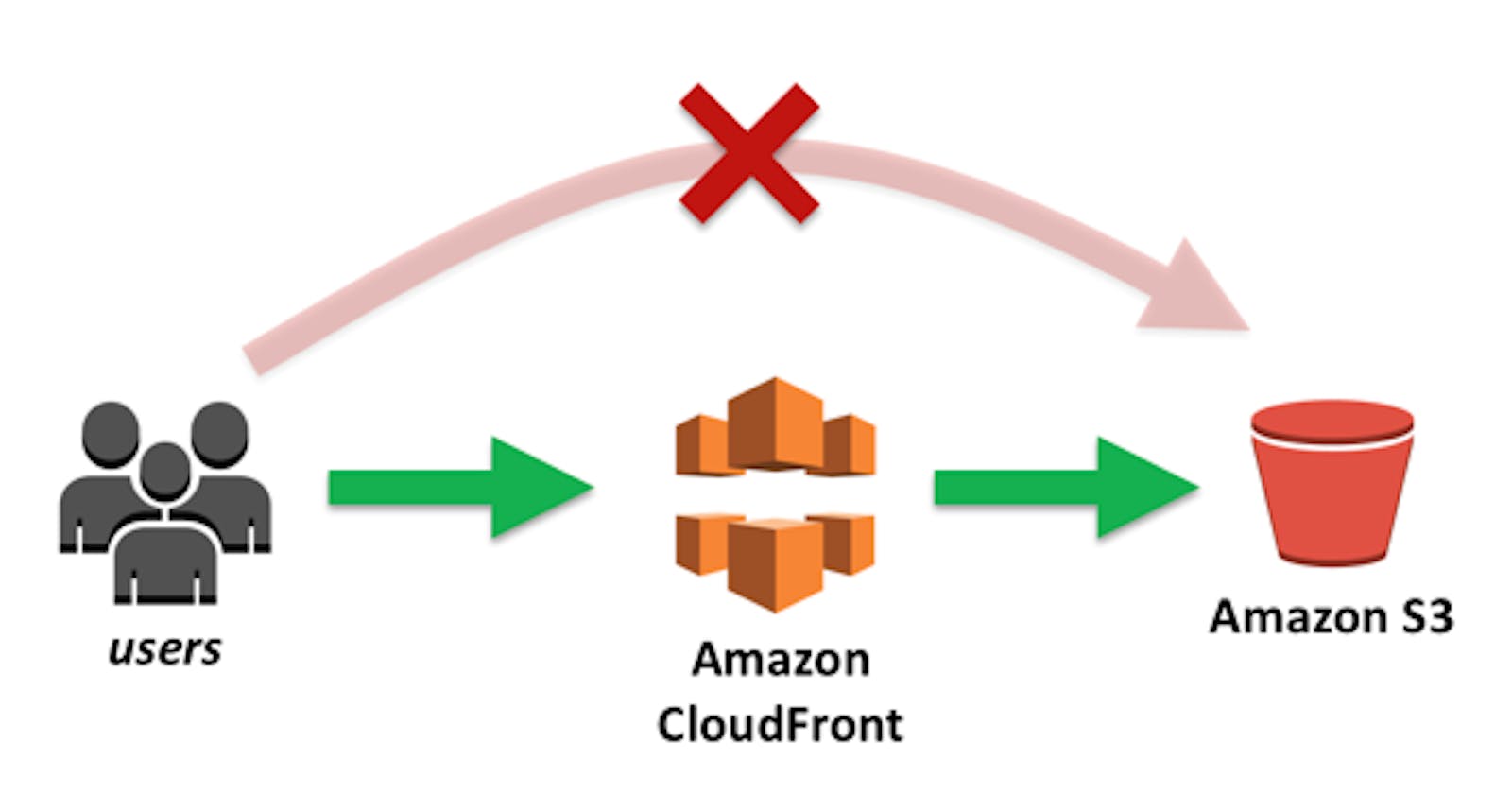Serving media from Amazon S3 to your frontend application in a cost-effective and secure manner
Serving media from Amazon S3 to your frontend application in a cost-effective and secure manner involves several best practices to ensure both efficiency and security. Here's a structured approach to achieve this:
1. Use S3 Buckets Efficiently
Bucket Policies: Ensure your S3 buckets have strict bucket policies that explicitly deny access to unauthorized users. Use AWS Identity and Access Management (IAM) roles and policies to grant necessary permissions.
Signed URLs: For private content, generate presigned URLs for temporary access. This means users can access a resource via a URL that is only valid for a limited time.
2. Leverage CloudFront
Amazon CloudFront is a content delivery network (CDN) that caches your content at edge locations closer to your users, reducing latency and potentially lowering costs by decreasing the load on your S3 bucket.
Cache Media Files: Use CloudFront to cache your media files. This reduces the number of direct requests to S3, which can help lower costs.
Origin Access Identity (OAI): Use an OAI to restrict direct access to the S3 content, ensuring that users can only access the content through CloudFront.
3. Implement Caching Strategies
Set Appropriate Cache-Control Headers: In your S3 objects, set cache-control headers to leverage browser caching and reduce the need for repeated downloads of unchanged content.
Smart Invalidation: Only invalidate cached content on CloudFront when necessary, as invalidations can incur costs.
4. Data Transfer Optimization
Compression: Enable automatic compression in CloudFront to reduce the size of your media files during transfer.
Choose the Right Data Transfer Option: Analyze your traffic patterns and choose the most cost-effective data transfer option provided by AWS.
5. Security Considerations
HTTPS: Use HTTPS for your CloudFront distributions to secure data in transit.
S3 Bucket Encryption: Enable encryption at rest for your S3 buckets.
Access Logging: Enable access logging for both S3 and CloudFront to monitor and audit access to your media files.
WAF Integration: Consider integrating AWS WAF with CloudFront to protect against common web exploits.
6. Monitoring and Optimization
AWS CloudWatch: Use CloudWatch to monitor access and usage patterns, allowing for ongoing optimization of your architecture based on actual usage.
Cost Optimization Tools: Utilize AWS Trusted Advisor and Cost Explorer to identify and implement cost-saving opportunities.
7. Consider S3 Transfer Acceleration
For uploading content to S3, especially if your application's users are globally distributed, consider using S3 Transfer Acceleration to speed up the upload of content to S3.
Implementing these strategies will help you serve media from S3 to your frontend application effectively, balancing both cost-efficiency and security against data breaches. Always keep an eye on AWS announcements and best practices documents, as AWS continuously evolves its services and features.
